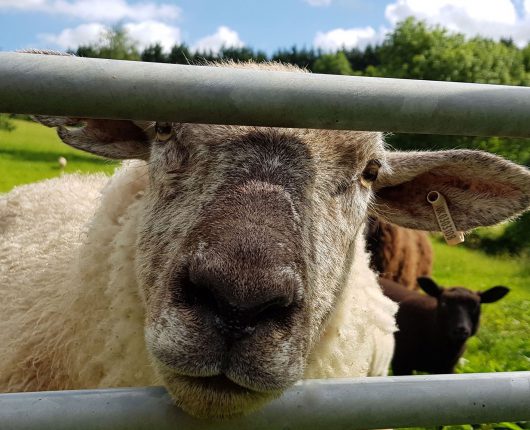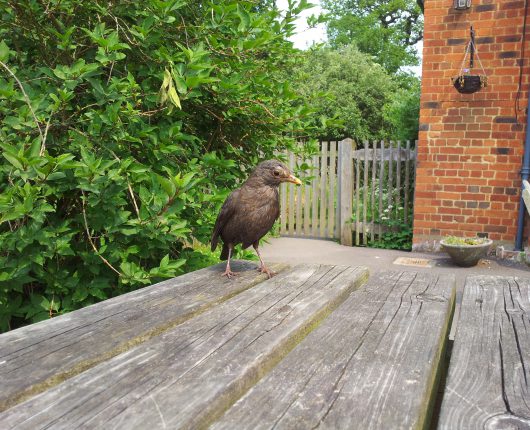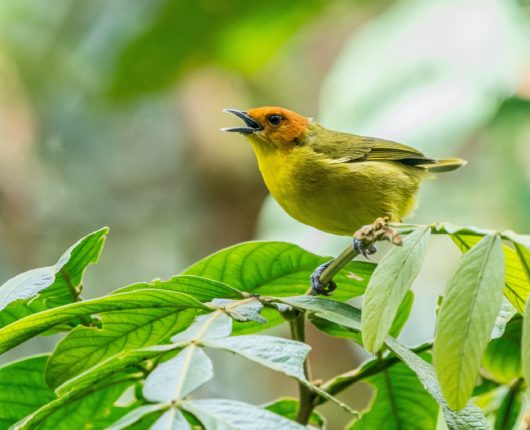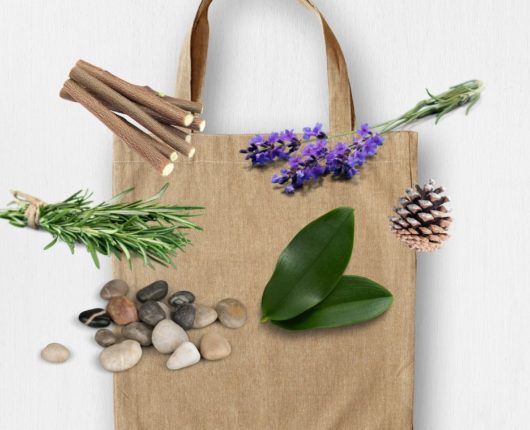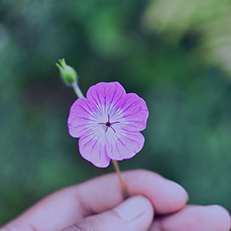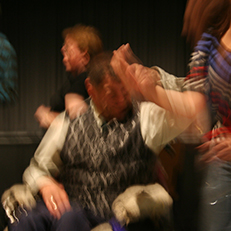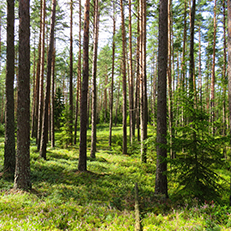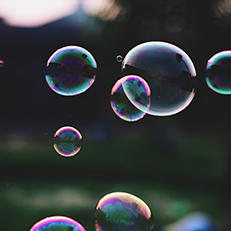Nature
Nature heals, restores and calms
These are strategies, activities, approaches and practices for being closer and more connected to nature, throughout the entire year and in all weathers. Scroll down to read about the benefits of nature.

Choose a collection identifier from the selection below.
-
Create a collection
-
Bear
-
Bee
-
Bull
-
Butterfly
-
Cherry
-
Daisy
-
Deer
-
Dolphin
-
Duck
-
Fish
-
Horse
-
Hummingbird
-
Kangaroo
-
Kingfisher
-
Ladybird
-
Leopard
-
Lotus Flower
-
Panda
-
Peacock
-
Rabbit
-
Rose
-
Shark
-
Squirrel
-
Stingray
-
Strawberry
-
Swan
-
Tiger
-
Blue
-
Green
-
Orange
-
Pink
-
Purple
-
Turquoise
-
Yellow

Choose a collection identifier from the selection below.
-
Create a collection
-
Bear
-
Bee
-
Bull
-
Butterfly
-
Cherry
-
Daisy
-
Deer
-
Dolphin
-
Duck
-
Fish
-
Horse
-
Hummingbird
-
Kangaroo
-
Kingfisher
-
Ladybird
-
Leopard
-
Lotus Flower
-
Panda
-
Peacock
-
Rabbit
-
Rose
-
Shark
-
Squirrel
-
Stingray
-
Strawberry
-
Swan
-
Tiger
-
Blue
-
Green
-
Orange
-
Pink
-
Purple
-
Turquoise
-
Yellow

Choose a collection identifier from the selection below.
-
Create a collection
-
Bear
-
Bee
-
Bull
-
Butterfly
-
Cherry
-
Daisy
-
Deer
-
Dolphin
-
Duck
-
Fish
-
Horse
-
Hummingbird
-
Kangaroo
-
Kingfisher
-
Ladybird
-
Leopard
-
Lotus Flower
-
Panda
-
Peacock
-
Rabbit
-
Rose
-
Shark
-
Squirrel
-
Stingray
-
Strawberry
-
Swan
-
Tiger
-
Blue
-
Green
-
Orange
-
Pink
-
Purple
-
Turquoise
-
Yellow

Choose a collection identifier from the selection below.
-
Create a collection
-
Bear
-
Bee
-
Bull
-
Butterfly
-
Cherry
-
Daisy
-
Deer
-
Dolphin
-
Duck
-
Fish
-
Horse
-
Hummingbird
-
Kangaroo
-
Kingfisher
-
Ladybird
-
Leopard
-
Lotus Flower
-
Panda
-
Peacock
-
Rabbit
-
Rose
-
Shark
-
Squirrel
-
Stingray
-
Strawberry
-
Swan
-
Tiger
-
Blue
-
Green
-
Orange
-
Pink
-
Purple
-
Turquoise
-
Yellow

Choose a collection identifier from the selection below.
-
Create a collection
-
Bear
-
Bee
-
Bull
-
Butterfly
-
Cherry
-
Daisy
-
Deer
-
Dolphin
-
Duck
-
Fish
-
Horse
-
Hummingbird
-
Kangaroo
-
Kingfisher
-
Ladybird
-
Leopard
-
Lotus Flower
-
Panda
-
Peacock
-
Rabbit
-
Rose
-
Shark
-
Squirrel
-
Stingray
-
Strawberry
-
Swan
-
Tiger
-
Blue
-
Green
-
Orange
-
Pink
-
Purple
-
Turquoise
-
Yellow

Choose a collection identifier from the selection below.
-
Create a collection
-
Bear
-
Bee
-
Bull
-
Butterfly
-
Cherry
-
Daisy
-
Deer
-
Dolphin
-
Duck
-
Fish
-
Horse
-
Hummingbird
-
Kangaroo
-
Kingfisher
-
Ladybird
-
Leopard
-
Lotus Flower
-
Panda
-
Peacock
-
Rabbit
-
Rose
-
Shark
-
Squirrel
-
Stingray
-
Strawberry
-
Swan
-
Tiger
-
Blue
-
Green
-
Orange
-
Pink
-
Purple
-
Turquoise
-
Yellow

Are you sure you'd like to remove this collection?
All associated data will be deleted.

Are you sure you'd like to add this collection?
Nature can help our brains and bodies to be healthy
Nature encompasses all elements and phenomena of earth’s lands, waters and biodiversity. It includes all aspects of the non-manufactured world, such as trees, plants, flowers, fields, ponds, lakes, rivers, streams, the sea, animals, birds, insects, the sky, sunshine, rain, wind, sunset and stars. Great places to connect with nature are parks, gardens, forests, canals, by the sea and even in the home.
Being in and around nature can:
- Increase feelings of aliveness, vitality, happiness and joy
- Be calming and reduce feelings of stress, frustration and anger
- Increase mental and physical relaxation
- Reduce anxiety, depression and a particular type of depression called seasonal affective disorder (SAD)
- Improve physical health
- Relieve fatigue and improve sleep patterns
- Distract from pain and discomfort
- Improve confidence and self-esteem
- Deepen a sense of connection with the world and of being part of something bigger than ourselves
- Inspire and increase creativity
- Refresh the mind and body, increase attention span and our capacity for mindful awareness
Humans find nature inherently interesting and therefore more naturally focus on what we see, hear, smell and feel. Experiences in nature can also increase opportunities for social connection, fresh air and sunlight, and physical activity, all of which have associated mental and physical benefits.
Nature isn’t a miracle cure for diseases, but by interacting with it, spending time in it, experiencing it and appreciating it, we can reap the benefits of feeling happier and healthier as a result.
Lucy McRobert
The Wildlife Trust
I go to nature to be soothed, healed and have my senses put in order.
John Burroughs
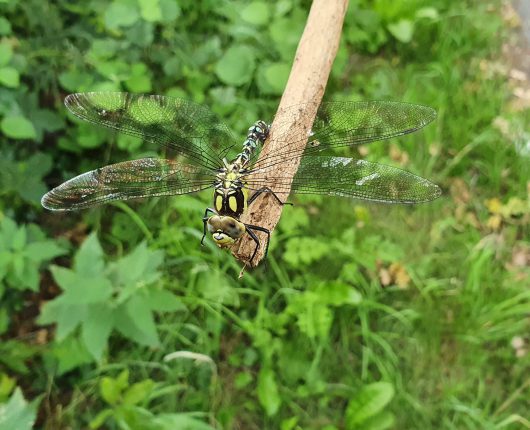
Minds and bodies relax in pleasant, natural surroundings
Our senses connect us to the environment around us and nature has been found to have a calming effect on the brain and the rest of the nervous system. Being in nature increases pleasant feelings and decreases stress and anxiety. Immersion in nature not only makes us feel better emotionally, it also contributes to our physical wellbeing.
Even short periods of time spent with nature, or simply looking at pictures of nature or listening to recordings of the sounds of nature, can be beneficial. Measurements of stress hormones, respiration, heart rate, blood pressure, muscle tension and sweating show that short doses of nature can calm people down. Research carried out in hospitals, offices and schools has found that the addition of a plant in a room can significantly reduce stress and anxiety.
Studies that measured brain activity have found that when participants viewed nature scenes, the parts of the brain associated with empathy and love lit up, but when they viewed urban scenes, the parts of the brain associated with fear and anxiety were activated.
Researchers have also found that people who walked in nature rather than in a city environment showed decreased activity in an area of the part of the brain linked to negative thoughts and depressive rumination. It seems that being in nature may allow the prefrontal cortex, which is the brain’s ‘command centre’, to dial down and rest.
I firmly believe that nature brings solace in all troubles.
Anne Frank
People don’t have to head for the woods to enjoy nature’s restorative effects. Even a glimpse of nature from a window helps.
Rachel Kaplan
Dept of Psychology, University of Michigan
